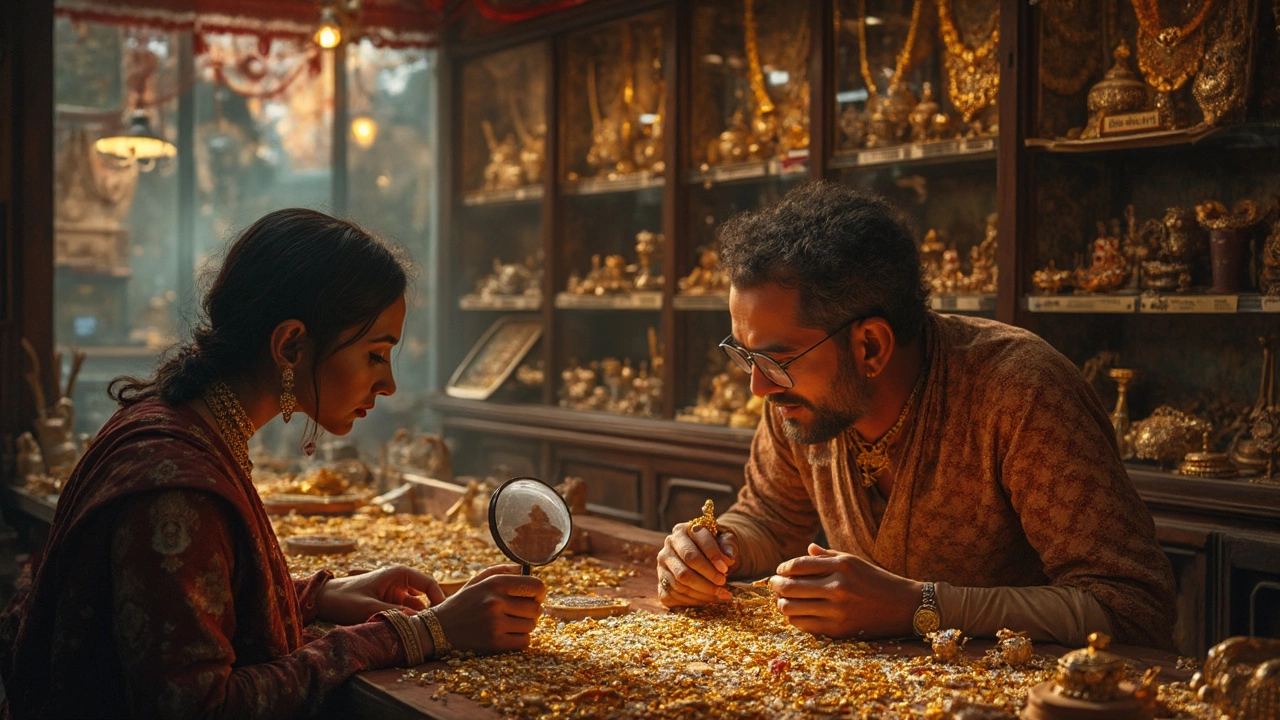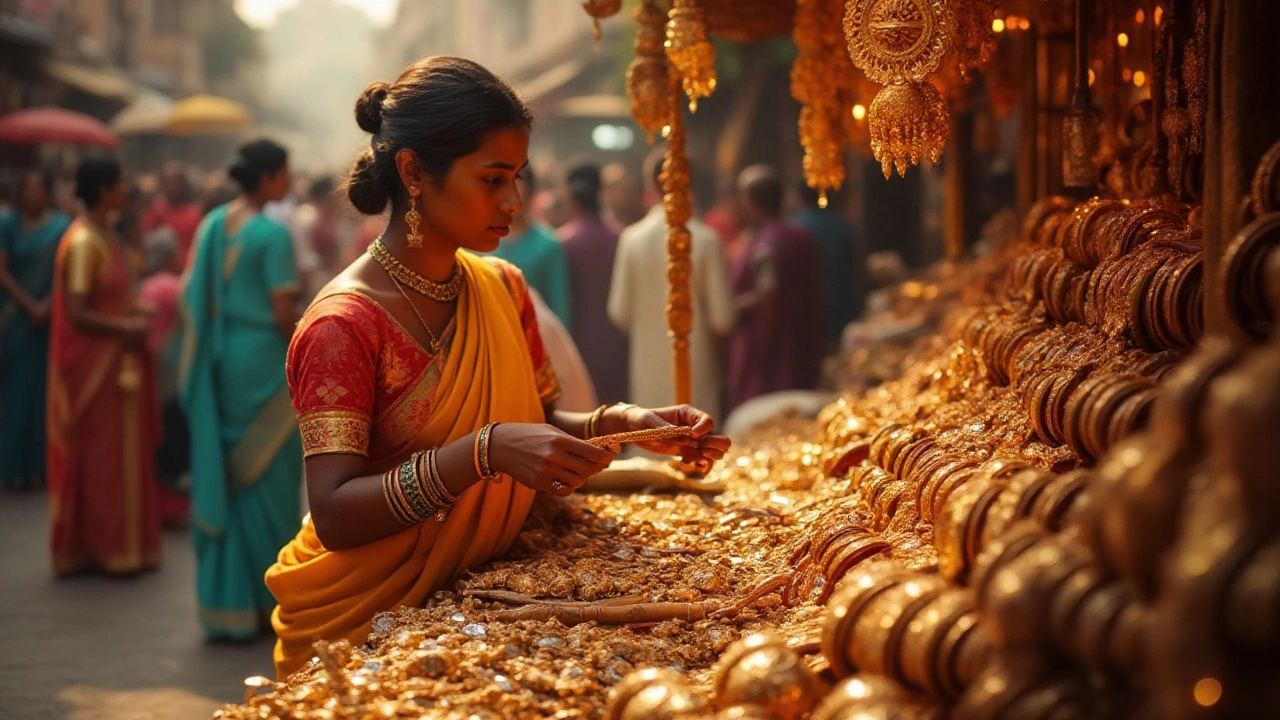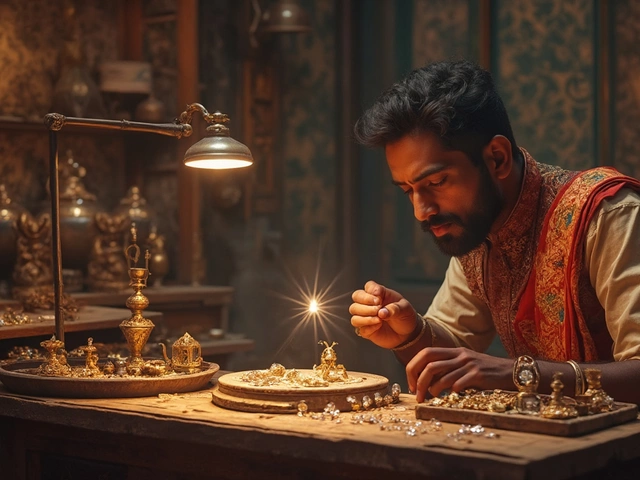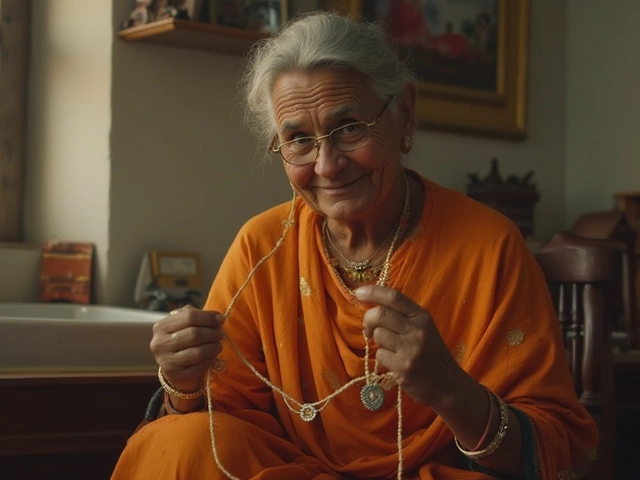Collectible Jewelry: A Practical Guide to Finding and Caring for Timelike Pieces
If you love jewelry that tells a story, you’ve probably heard the term “collectible jewelry.” It’s not just about sparkle – it’s about history, rarity, and craftsmanship. In this guide we’ll break down what makes a piece collectible, how to verify its authenticity, where to shop, and how to keep it in top shape.
Identifying Genuine Collectible Pieces
First off, look for hallmarks. In India, a BIS stamp, purity mark (like 875 for 21K gold), or a maker’s logo are key clues. Check the weight and feel – solid gold or silver feels heavier than plated versions. A quick magnet test can reveal hidden base metals: true gold or silver won’t be attracted.
Next, examine the design. Classic motifs such as temple jewelry, Jadau settings, or intricate enameling often signal age and skill. If the piece has a documented origin – a city like Jaipur, Surat, or a renowned artisan – that adds value.
Don’t forget provenance. An original purchase receipt, an appraisal, or a family story can boost confidence. When you shop online, look for high‑resolution photos, clear descriptions, and a trusted return policy. RH Jewellers India offers detailed hallmark info and authentic certifications for many collectible items, making it a safe stop for beginners.
Caring for Your Collectible Jewelry
Once you’ve added a piece to your collection, protect it. Store each item separately in a soft pouch or a lined box to avoid scratches. Avoid exposure to perfume, chlorine, or extreme temperature changes – they can tarnish metal or loosen stones.
Clean gently. For gold and silver, a soft cloth and lukewarm soapy water work fine. Avoid abrasive powders. If you’re unsure, take the piece to a professional jeweler for a safe cleaning. Regular inspections can catch loose settings before they cause loss.
Insurance is another smart move, especially for high‑value collectibles. Document each item with photos and appraisal reports. This makes filing a claim easier if anything happens.
Finally, think about how you display your collection. A glass‑top cabinet lets you admire the pieces while keeping dust away. Rotate items occasionally so none sit in the same spot for too long – it helps prevent uneven wear.
Collectible jewelry is an investment of both money and passion. By knowing what to look for, buying from reputable sources like RH Jewellers, and caring for each piece properly, you’ll build a collection that shines for generations.
Antique and Vintage Jewelry: How to Spot Pieces That Keep Gaining Value
Not every old necklace or ring is a treasure in disguise—some actually lose value with time. This article breaks down the tricks and clues to help you spot antique and vintage jewelry worth holding onto. You’ll find out how to judge craftsmanship, why certain eras stand out, and what hallmarks and materials make a piece special. Get ready to glance beyond the surface and learn what really sets valuable jewelry apart. You’ll also pick up everyday tips to keep you from making rookie mistakes at the pawnshop or antique market.
Understanding the Difference: Vintage vs. Antique Jewelry
Jewelry collectors and enthusiasts often encounter terms like vintage and antique, but what sets these two categories apart? The distinction lies in age, history, and even the story behind each piece. This article explores the subtle differences, shedding light on what makes vintage remarkable and why antiques hold a unique appeal. Learn about the characteristics, value, and how to navigate the fascinating world of collectible jewelry.






